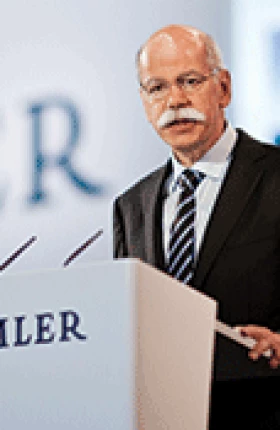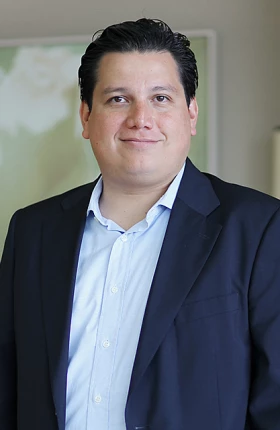When Lorenzo H. Zambrano took charge of CEMEX in 1985, the company was a regional cement producer serving northern Mexico. Now CEMEX serves the world. It is the largest global producer of ready-mix concrete and one of the largest producers of cement with operations in more than 50 countries and more than 40,000 employees.
Zambrano figured that global expansion was his best option for staying independent in a consolidating industry: if CEMEX didn’t acquire, it may have been acquired itself. That expansion, achieved largely through acquisition, has allowed CEMEX to enjoy a balanced portfolio of businesses in the two-speed world. About half of CEMEX’s revenues originate in the U.S. and Europe, and faster-growth markets generate most of the rest. CEMEX has used cash generated in mature markets to finance its growth in promising developing markets.
CEMEX has also been a leader in the use of technology to connect distant operations and in the establishment of global policies to spread best practices and talent throughout the organization.
As with other companies tethered to the construction industry, however, CEMEX has not found the last few years to be easy. Still, recent results are encouraging, as the U.S., Asian, Latin American, and Caribbean markets are all bouncing back. Europe will take longer. It is important, Zambrano said, to pay special attention to mature markets because those businesses need to be running as efficiently as possible in this environment.
Zambrano recently sat down for a discussion with Larry Shulman, a senior partner and managing director at The Boston Consulting Group. Edited excerpts from that conversation follow.
How did you view the task and the mission of turning CEMEX into a global company?
We had to expand internationally to survive. We increased our presence within Mexico by buying two of our biggest competitors. Then we went to Spain in 1992. We had to go to the European markets, otherwise we would not exist as an independent company today. After 17 years of preparing myself to be CEO, to have been taken over by another company a few years later would not have been fun. So we worked very hard to be in a strategic position so that we would not be vulnerable.
So in some sense, going global was not really an option—it was survival?
Yes. It was survival. We went multinational, and then we had to learn how to manage a multinational company—and then how to turn a multinational company into a truly global, integrated company.
The press writes about this being a two-speed world—a fast-growth world in the developing economies and a slower-growth world in the developed economies. How do you think about CEMEX in that context?
I have never before seen such a contrast between markets. Many countries in Europe and a few others will grow very slowly for the next eight to ten years. Others, like the U.S., which are growing slowly now, will come back much sooner. Those that are growing are keeping our balance. This is why we created a global company in the first place—to spread risk around.
In slow-growing or no-growth areas of the world, you have to be very firm. As much as these regions would like to keep the funds they generate, they do not need the money. So it has to go to where you actually get a better financial return.
How much of your time and your attention do you devote to the fast-growing markets, other than Mexico—the rest of Latin America, Africa, and Asia—relative to the big markets in Western Europe and the United States?
You have to be very aware that the slow-growth markets need a lot of attention precisely because they have to do many things well in order to survive in a highly competitive environment. Growth, on the other hand, tends to make a lot of management sins invisible. It covers them up. It is important to find a balance for where you put your attention.
How global are the incentive structures for your senior leaders? How do you mix the local and the regional incentives with the broad global CEMEX incentives?
The higher up you are in the organization, more of your compensation comes from the global results of the company.
How do you try to maintain a common culture in CEMEX?
You make sure that the corporate policies are the same around your company, on the one hand. On the other hand, the way you respond to customers’ needs—how you interact with your stakeholders—in each part of the world has to be local.
How big is the global talent issue? How hard is it to find the people you need to grow and run the company and to make it better?
Because everyone speaks about scarcity of talent and how they are looking for it, you have to work hard to keep it—which is, in a way, ironic. Even in areas of the world where unemployment is high, unemployment for very talented individuals does not exist.
You have many complex stakeholder relationships, especially with governments, given that CEMEX’s business is so key to the infrastructure of so many countries. How do you think about managing the stakeholders in such a complex world?
We have to interact with them constantly. The best way to do that is by supporting your community so that, politically, they are on your side and will defend your position. That is what we have tried to do, and in some places we have been able to do it.





